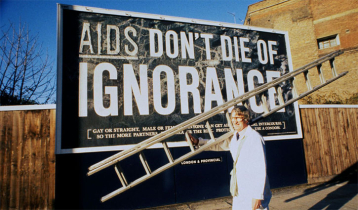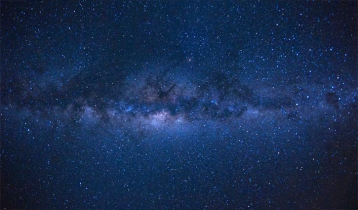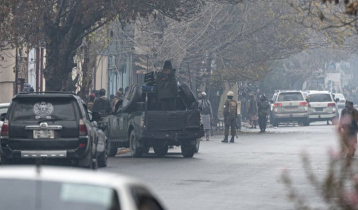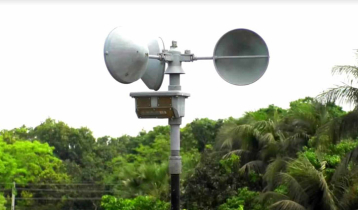Super blood blue moon will be visible Wednesday
4 || risingbd.com
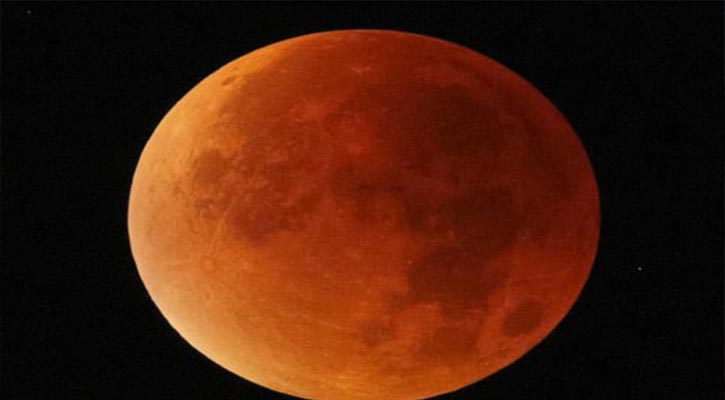
Risingbd Desk: A rare celestial event that hasn't been seen by much of the world in more than 150 years is set to grace the skies on Wednesday.
A 'super blood blue moon' will be visible on 31 January, with western North America, Asia, the Middle East, Russia and Australia getting the best view of the stunning event.
A 'super blue blood moon' is the result of a blue moon – the second full moon in a calendar month – occurring at the same time as a super moon, when the moon is at perigee and about 14 per cent brighter than usual.
It also combines with a blood moon – the moment during a lunar eclipse when the moon, which is in the Earth's shadow, takes on a reddish hue.
While people in the eastern Hemisphere saw their last Blue Moon total lunar eclipse in 1982, for the Western Hemisphere, this eclipse will be the first blue moon total eclipse since 1866.
The alignment of the sun, moon and Earth will last one hour and 16 minutes and will be visible before dawn on January 31st across North America, Alaska, Hawaii and Canada.
For those in the Middle East, Asia, eastern Russia, Australia and New Zealand, the 'super blue blood moon' can be seen during moonrise in the evening of the 31st.
Experts say the best viewing in the US will be from the west.
In the UK, the moonrise will occur sometime around 4.55pm GMT. But the lunar eclipse – will not begin until halfway through the night when the moon passed though the Earth’s shadow.
The partial eclipse is expected to begin around 11.48am GMT, before reaching its peak at 1.29pm GMT.
'Set your alarm early and go out and take a look', said Gordon Johnston, program executive and lunar blogger at NASA Headquarters in Washington.
'Weather permitting, the West Coast, Alaska and Hawaii will have a spectacular view of totality from start to finish'.
For people viewing the event from New York or Washington, the moon will enter the outer part of Earth's shadow at 5:51 am (10:51 GMT) but will hardly be noticeable.
The darker part of Earth's shadow will begin to blanket part of the moon with a reddish tint at 6:48 am EST (11:48 GMT), but the moon will set less than a half-hour later.
'So your best opportunity if you live in the East is to head outside about 6:45 am (11:45 GMT) and get to a high place to watch the start of the eclipse—make sure you have a clear line of sight to the horizon in the west-northwest, opposite from where the sun will rise,' said Dr Johnston.
Source: Agencies
risingbd/Jan 30, 2018/Mukul
risingbd.com




